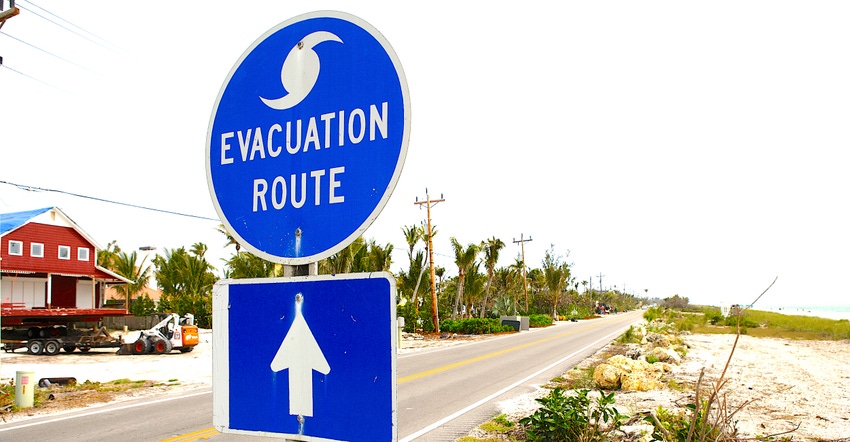Honda Tests Quantum Computing-Based Evacuation Mapping
Efficient routing isn’t just for parcel delivery services, it can save lives during natural disasters.

Through a partnership with Terra Quantum, Honda Research Institute Europe (HRI-EU) has successfully tested a quantum computing solution for shortening escape routes in emergency situations.
Researchers modeled evacuation from an earthquake in the Japanese city of Furubira. “The situation is modeled as a shortest-path problem on an uncertain and dynamically evolving map,” explained the researchers in their paper.
Using a combination of classical and quantum computing methods, the research team was able to gain 7 percent in accuracy compared to a purely classical supervised learning approach. The value of that improvement is obvious when the increasing scale of disaster evacuation is considered.
The 2020 United Nations report, The Human Cost of Disasters 2000-2019, found that natural disasters nearly doubled in frequency over that period compared to the preceding 20-year span. It found 7,348 natural disasters worldwide, claiming 1.23 million lives and costing $2.97 trillion. That compared to 4,212 disasters that cost 1.19 million lives and $1.63 trillion dollars for the 1980-1999 period.
The project was a proof of concept that sought to demonstrate the practical application of quantum computing to the challenge of evacuation routing. For the purposes of the demonstration, researchers ran a quantum simulation on conventional computing hardware, but the result indicates that the use of large-scale quantum computer hardware will be beneficial when it becomes available.
"Identifying realistic problems where quantum technologies may unfold their potential constitutes one of the biggest challenges in the field today,” observed Principal Scientist at HRI-EU, Sebastian Schmitt. “This work represents a promising step in that direction and shows how to employ hybrid quantum-classical learning architectures in a real-world use-case.” The system was able to dynamically predict efficient escape routes, minimizing evacuation times in changing conditions.
Quantum computers hold theoretical promise, but the challenges have been to find practical applications that exploit their capabilities and to build larger-scale quantum hardware to actually do that work. We were curious about the details of how Honda and Terra Quantum collaborated to achieve this progress, so we put some questions to HRI-EU:
Q: What is your quantum computing solution for emergency response systems?
HRI-EU: Terra Quantum leverages its unique IP, algorithms, and Quantum Machine Learning to offer real-time optimal escape routes for those fleeing a disaster in their vehicles. As part of the proof of concept, an earthquake scenario was simulated in the town of Furubira, Japan. The POC demonstrated very promising results, predicting efficient dynamic escape routes, and therefore minimizing evacuation times. The algorithm only requires local information, a critical factor in evolving and uncertain emergency scenarios. The algorithm also can make valuable recommendations when working with less data than traditional systems require.
Q: How does the escape routing system's efficiency compare to traditional methods?
HRI-EU: The quantum computing solution already shows competitive efficiency compared to traditional methods, even when simulated on classical hardware. This advantage will grow exponentially as large-scale quantum computing hardware becomes more available. Also, the quantum-powered emergency response system could be trained for individual cities and municipalities and enhanced to incorporate traffic data and satellite information.
Q: Can the technology adapt to other emergency management situations?
HRI-EU: The quantum algorithms are inherently flexible, adaptable, and scalable. They could become invaluable for managing crowd flows at large-scale public events or during natural disasters. The next will be scaling the technology to larger cities/regions, incorporating more variables and complexities.
Q: How compatible is your technology with existing routing systems like Google Maps?
HRI-EU: Our approach can integrate with existing platforms like Google Maps, as well as future technologies like drones and satellite data. This service could enhance a car’s GPS navigation algorithms and incorporate data on traffic flow, congestion, blocked roads, and weather hazards.
Q: What technology stack are you using?
HRI-EU: Terra Quantum utilizes a hybrid approach, combining classical computing methods – like column generation – with quantum algorithms. The research has been carried out on Terra Quantum’s hardware and other quantum annealers.
About the Author(s)
You May Also Like





